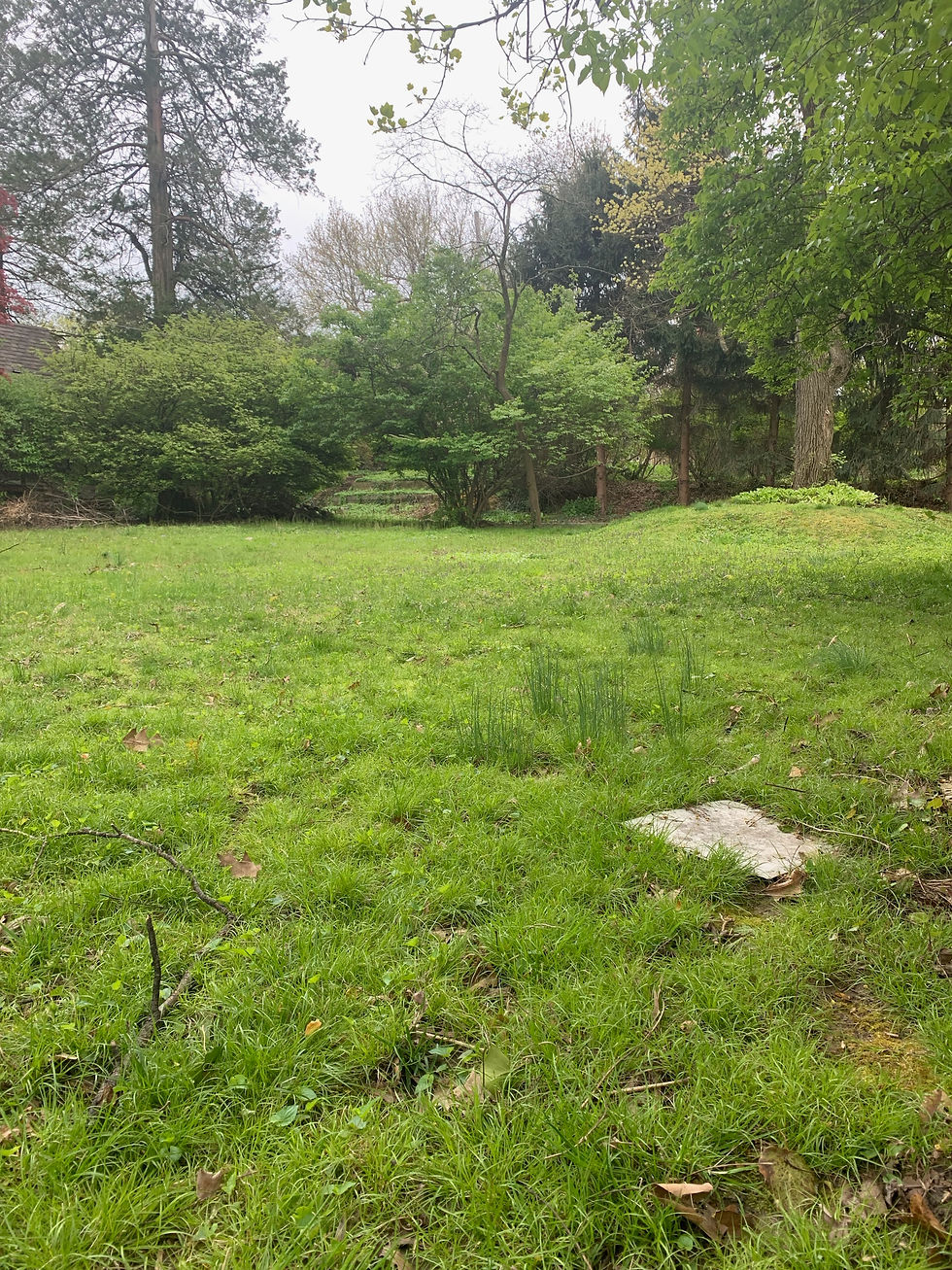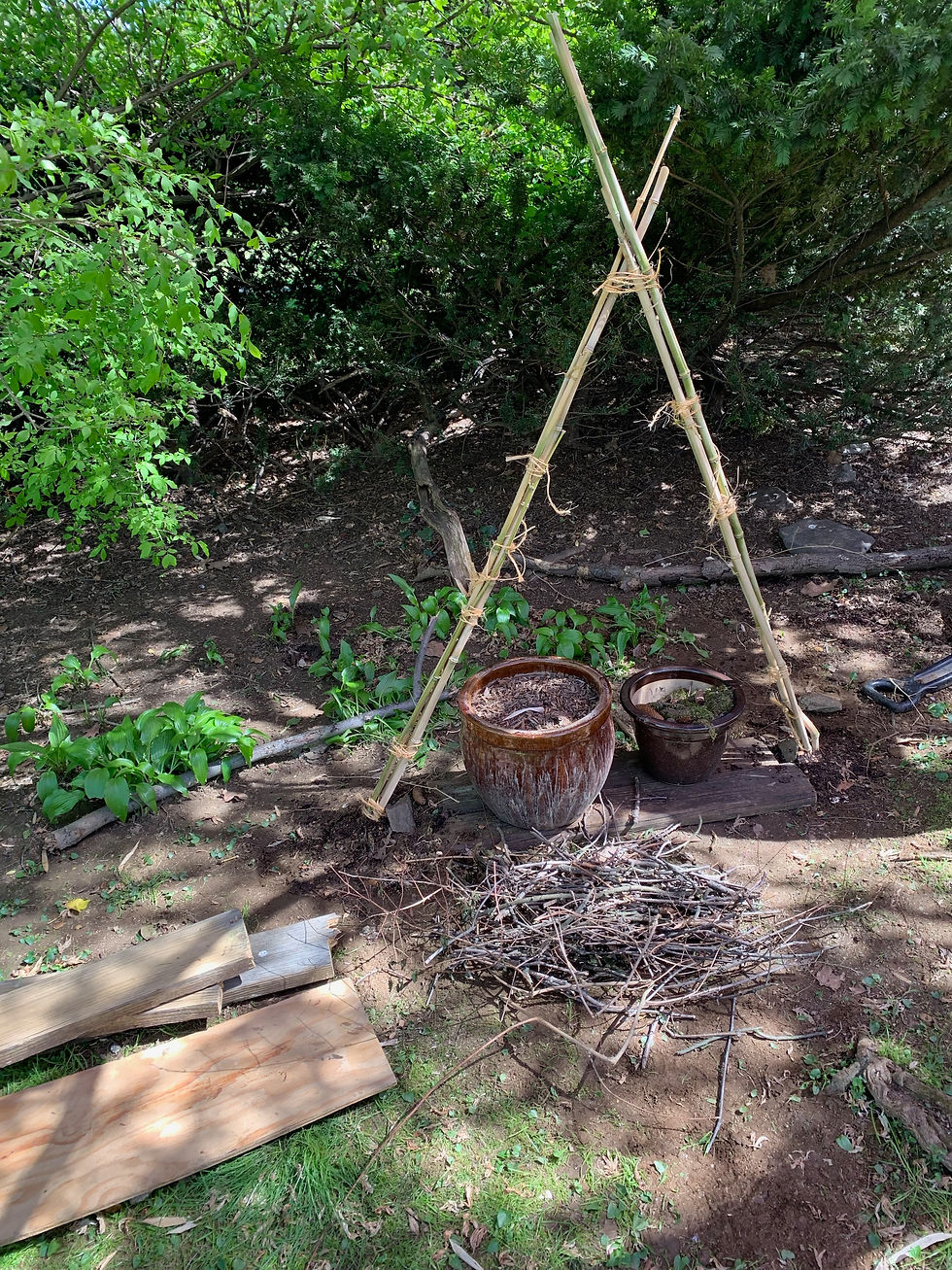Pollinating grounds > suburban lawns
- Emmett Deitcher

- Apr 24, 2020
- 2 min read
When I was younger our backyard was a dusty mess. There were patches of grass surrounded by worn down weeds and dead strands of grass. All the kids on the block would run around endlessly, ruining the grass that my dad put no effort into except the very occasional mow. Kickball games were our religion and we took them more seriously than any grammar homework or household chores. These games got contentious and sometimes led to fights and tears among participants. We should have had a full-time umpire!
After we grew a little bigger, we eventually kicked a ball through a window and had to cease our backyard antics.

Years later, our backyard is an almost uninterrupted landscape, only serving the passerby train commuters rushing to the station or the dogs emptying their bowels (to our dismay). There are no kickball games, no soccer balls flying or kids laughing. During college, my older brother and I would return from our breaks, looking at this untouched space and wish that we could turn into something that someone would find useful. As young adults, we have not needed the same level of space as our rambunctious adolescent selves.

With the goal of converting our backyard into an ecologically productive space, we decided to build a bug hotel and wildflower garden in order to attract a safe and plentiful space for pollinators. Bees play an extremely important role in our food production and are being threatened by our changing environment. Having more dedicated space for pollinators can strengthen bee colonies.
Bug hotels are filled with twigs, pine cones, dead wood, and other natural objects that attract insects. Through this hotel, these bug populations can help improve the biodiversity and ecological cycles of your yard and neighborhood. Most of what you need to build probably already exists in your backyard or neighborhood.







Comentarios